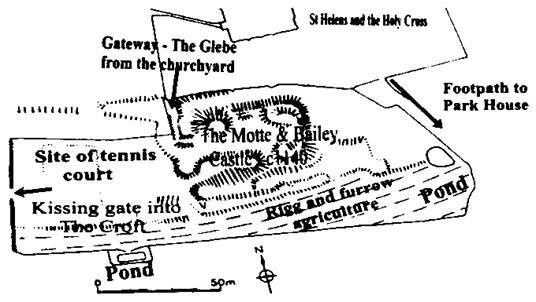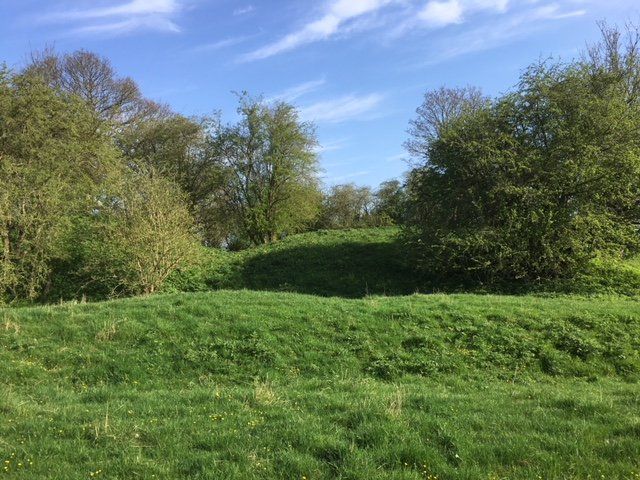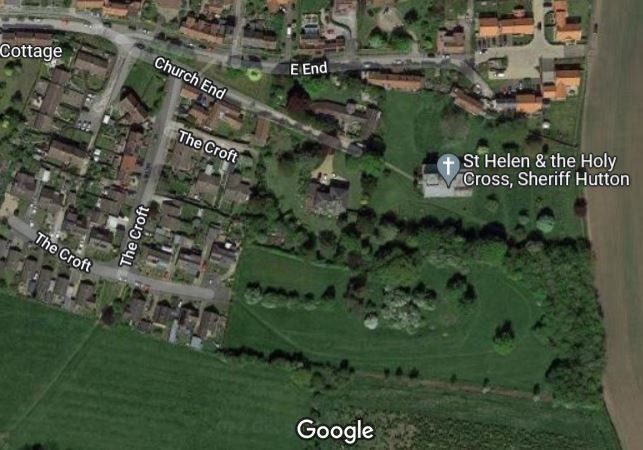GLEBE CONSERVATION AREA



The Glebe area also contains evidence of ridge and furrow farming, and building platforms of former peasant holdings, an indication that the site was hugely important in the lives of our antecedents in the village. Some more detailed history of the Glebe and its motte and bailey is contained in Within the Pale, published in 2005.
The historical significance of the Glebe is reflected in its listing by Historic England, as a protected Scheduled Monument number
1017484 (click on number to view full HE entry). A small triangular piece of land to the east of the Glebe was donated to the Trust in 1991 by local farmer Michael Easterby, and the pond to the south also was donated by the Howarth family in 1993.
In order to mitigate the withdrawal of funding by EH, the “Friends of the Glebe” was established in 2014. Friends subscribe £10 a year to help cover the annual insurance and other regularly recurring maintenance costs of well over £600. Annual reports by the Trustees to the Friends, are available by following the underlined links as follows 2023:2022 2021 2020
The Glebe provides a tranquil place for relaxation and contemplation, as well as a valuable site for flora and fauna. It has proved beneficial for field studies and educational visits for schools and other organisations. The site is an important habitat for wildlife, including birds and moths, as well as many species of wild flowers, and as such has been designated as a Site of Importance for Nature Conservation. Lists of plant species and birds identified in the Glebe are shown on separate pages.
Regular maintenance work includes limiting the spread of hawthorn, hogweed, bramble and nettle as well as grass cutting to preserve paths. The two ponds require attention. Each year after the wild flowers have gone to seed, the main meadow areas’ grass is cut and removed and then the Glebe benefits from grazing by sheep, in autumn/ early winter. In all of this work we follow advice from English Heritage, Yorkshire Wildlife Trust, the Nature Conservancy Council and Ryedale District Council’s Countryside Officer.
The Trustees are:
Helen Hendry, Brian Shepherd and Simon Sweeney.
